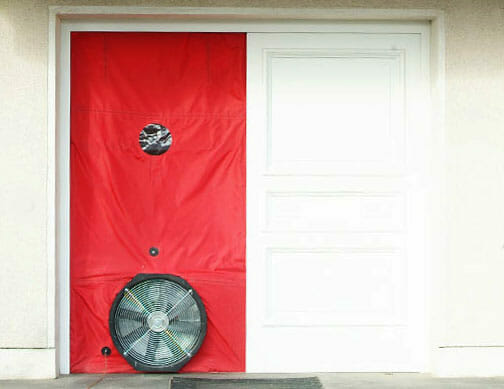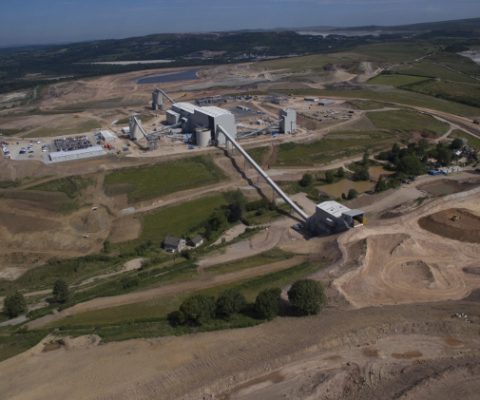High air leakage levels can degrade the energy performance of a building. This is why it is essential to reduce the level of air leakage whenever possible. Energy is lost when air leaks out of a building or structure. New regulation means that air tightness testing is to be carried out for all new builds.
Information On Air Tightness Testing London
Key Points Of An Air Tightness Test:
Air tightness testing, London and also for other regions is crucial to maintain a high standard of building within the UK. Air tightness testing is carried out to ensure that buildings meet the requirements of Part L of building regulations. This has led to an improvement in workmanship as well as the materials used.
How Is Air Tightness Tested?
An air tightness test is conducted by using a large blower fan. This large fan is placed in a doorway to pressurise the building envelope. Specialist equipment is used to monitor the level of air leakage from the building envelope and therefore calculate a result for the air tightness of the building. A report is then produced which will be suitable for submission to building control.

The number of fans will depend on the level of air leakage test required. There are three levels of air leakage testing, which become chronologically more extensive than the last. A level one air leakage test will be used for most buildings, which generally only require one fan.
Here at AF Acoustics, our main focus is level 1 air tightness tests in London.
Specialist Air Tightness Testing Team
At AF acoustics, we conduct air tightness testing in London on a regular basis, you can depend on us to get the job done. Our team of experts are able to accurately calculate air tightness within any building or structure. Once our team have compiled the results of a test, we are then able to produce reports to be passed onto the client or building control.
Buildings with existing energy ratings can be retested after making improvements. If the results of an air tightness test are improved, the energy rating will also improve. This can increase property value due to the building becoming more cost effective and energy efficient.
We have an extensive client portfolio, from first time developers to large construction firms. We provide a transparent and friendly service to help our clients achieve compliance. This ensures a project can be signed off by an approved building control body.
How Air Tightness Testing Affects The Environment
Air tightness testing was introduced with the aim to reduce CO2 emissions. To reduce CO2 emissions improvements in energy performance in buildings is essential. One way of improving energy performance in buildings is to reduce the amount of thermal energy being lost through air leaks in buildings. This is done by making buildings airtight, which will reduce CO2 emissions, keep the building warm and comfortable for the occupants, and conserve energy helping to keep costs of running the building down.
Part L of the building regulations obliges builders to be more energy conscious, which also improves the quality of the build. Furthermore, an efficient building is able to retain energy through lack of leakage therefore reducing the amount of energy required. New builds must be compliant with building regulation Part L, which can be achieved easily by removing uncontrolled air flow. More sustainable buildings will be air tight with controlled ventilation. This is to replace pollutant laden air with fresh air, as well as reduce excess moisture.
Next Day Air Tightness Certification
We are able to provide next day certificates for our clients, however we recommend involving us early on in a project. This is because we can provide guidance and expert advice to help our clients avoid costly additional work. When involved early, we can help our clients to achieve first time test passes by giving our assessment and recommendations. Furthermore, our accredited engineers only use UKAS calibrated equipment and always test to the current standards.
Featured Case Studies
Get In Touch



